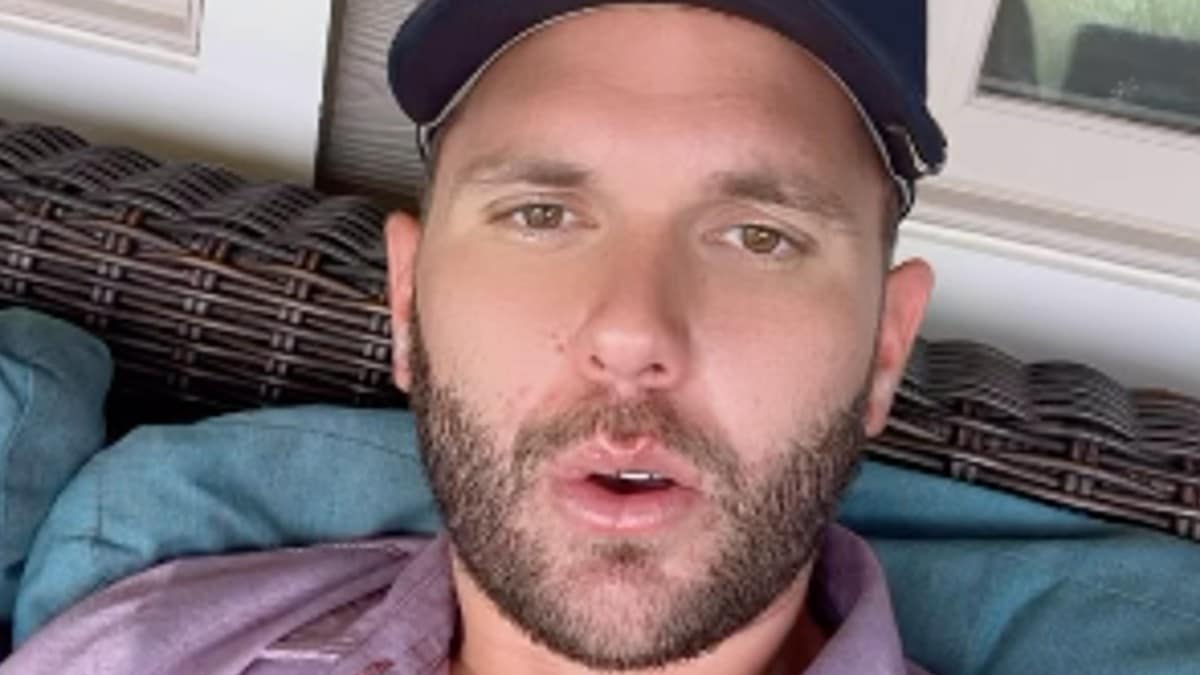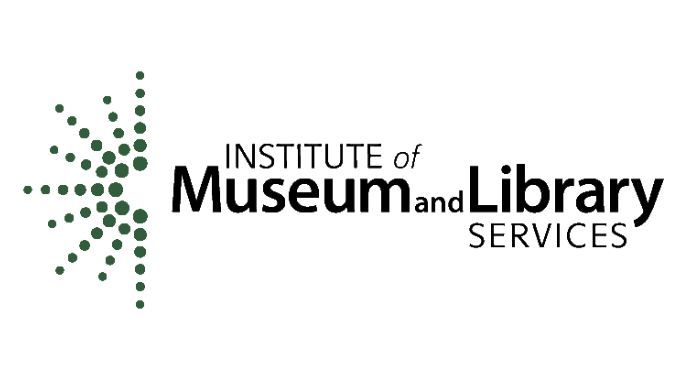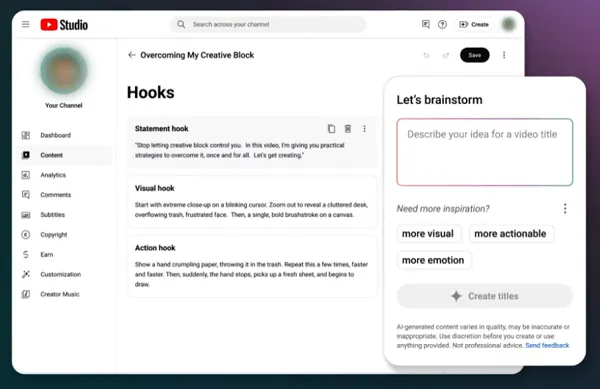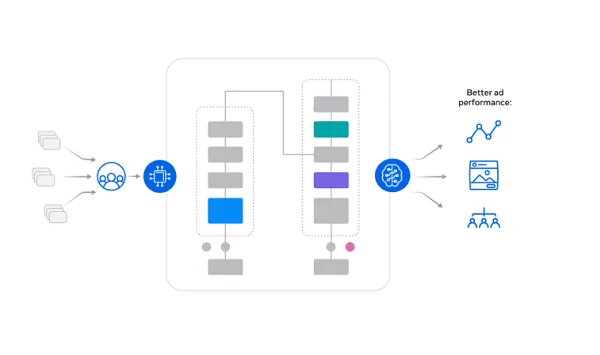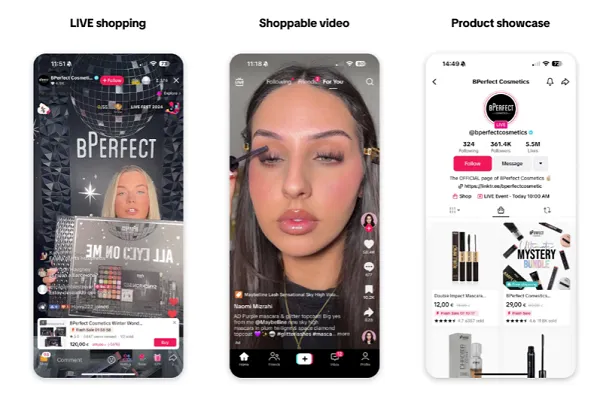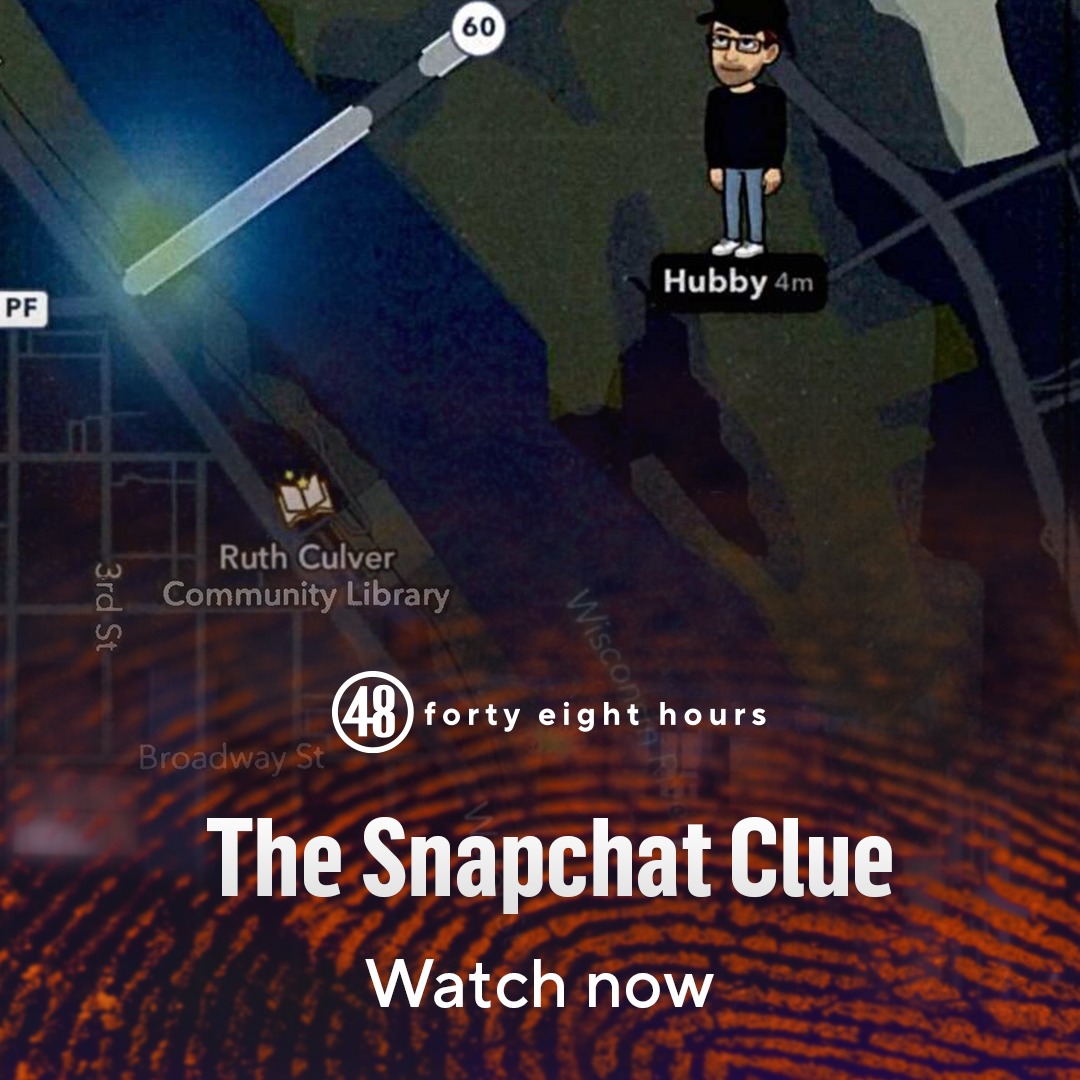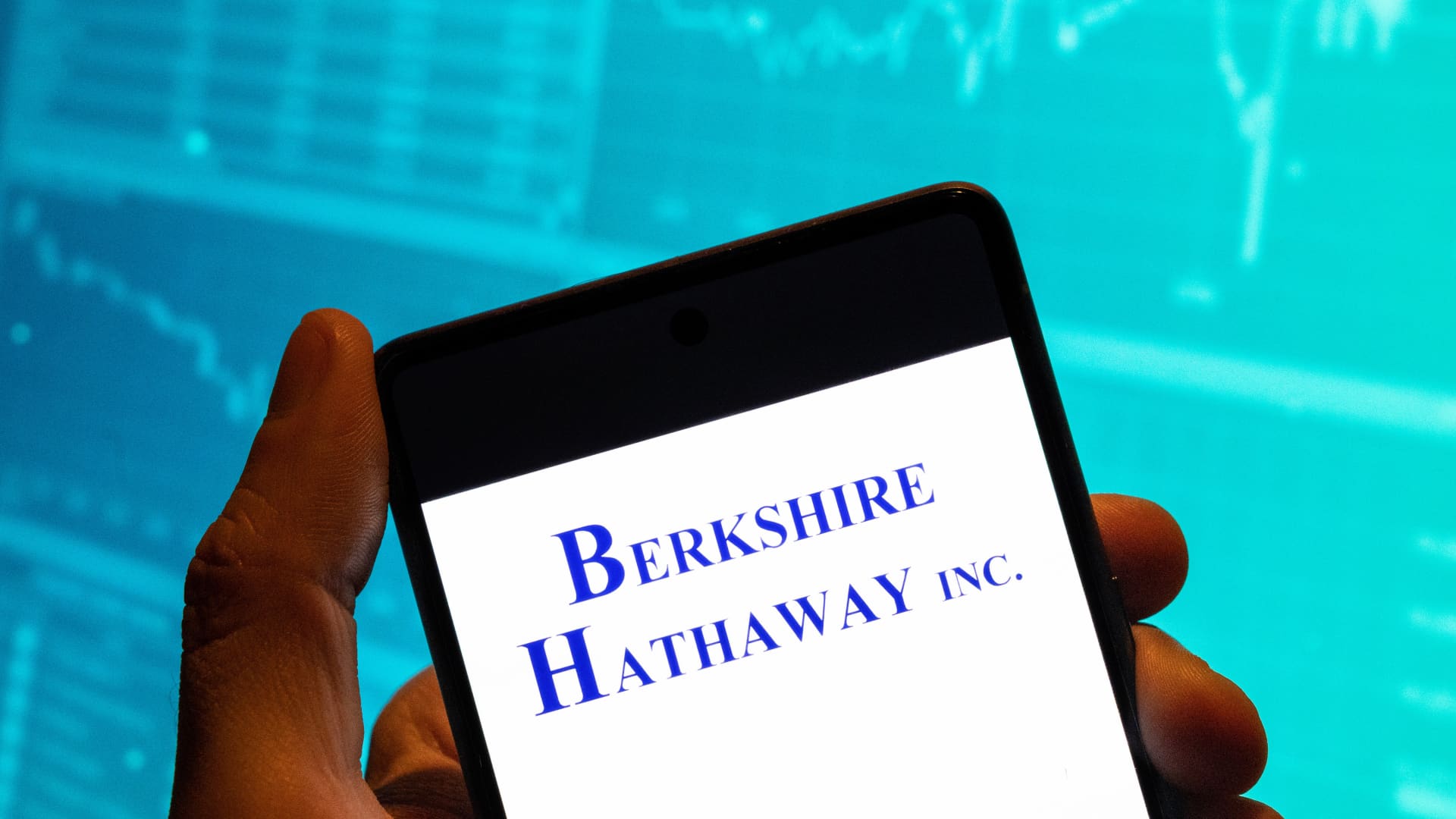Additional conversations may be required with students to combat cyberbullying in all its forms. … [+]
Many people continue to use social media to communicate anonymously with each other. This is becoming a growing problem for educators. Schools are struggling to keep staff and students safe from the dangers of fraudulent and malicious accounts via social media. Instead of encouraging positive interactions with families.
A new study by the Consortium for School Networking and the National School Public Relations Association released its findings this month. The report found that school districts are experiencing strain due to a dearth of reporting and verification processes for federally accredited K-12 schools on social media.
Respondents to a survey about school technology and communication professionals indicated that over 50% had worked with fake or impersonating accounts. A third said they had been able verify their company on social media. Respondents indicated further that 59% had dealt with accounts which harass, intimidate and bully students. While 45% of respondents have reported to social media that their organizations have failed to remove posted accounts/posts that harass intimidate or bullying their students.
Mellissa Braham, NSPRA Associate Director, explained via email that “we’ve heard our members struggle to get harmful or inaccurate posts taken down fast and get their official social networking accounts verified,” she said.
Braham stated, “Our survey revealed that the current verification and reporting process of platforms doesn’t address the immediate needs of K-12 schools.” “We are thankful to the platforms that work with us to provide solutions that support safety, accuracy, and security for our students”
What would verified accounts do?
While many social media platforms provide verification tools for individuals, they do not have one that is specifically designed to handle school district social media accounts. NSPRA discovered that LinkedIn, Meta’s Facebook and Instagram as well as TikTok and Twitter have expressed a willingness or desire to look into solutions.
Furthermore, no platform has a process that allows school districts to report fake social media accounts, or posts or accounts that intimidate, bully, or harass students. YouTube was the only one to express interest in finding a solution.
While verification could be the initial step, there would be other steps.
“Removing social media content can be difficult and having verified accounts may not help school district with this process,” said Dr. Stephanie S. Fredrick (NCSP), associate director at Alberti Center for Bullying Abuse Prevention at University at Buffalo.
Fredrick stated, “That said, having verified accounts could be advantageous for school districts. If the school shares the verified account’s social media handles with the community, the community will be more comfortable trusting the information.
This could prevent members of the community from clicking on fake accounts which might share inaccurate or harmful information.
“If social media platforms can make the process easier and/or allow all public schools to have a verified account—which I think they should—(it) could certainly help prevent school community members from being exposed to harmful and inaccurate posts from impersonation accounts,” said Fredrick.
These problems are easy to understand and unfortunately there’s no quick fix. Fredrick suggested that school districts may need to be very clear with students, families, and other school community members about what the social media handles are – and share this information at the beginning of each academic year.
She said that “Security of social media accounts should always be a priority for schools” and suggested there should be an individual or committee responsible for ensuring account security. Teach students, educators and their families how to promptly report harmful and inaccurate posts to school officials and the social media platform.
Talking to parents and students about cyber bullying is a good idea.
Fredrick stated that school impersonation accounts are often students. Therefore, students should be taught digital citizenship skills as soon and frequently as possible to prevent students from engaging in online risky behaviors. Fredrick also suggested that families may need to be trained on youth online behavior, and provide appropriate monitoring for their children.






















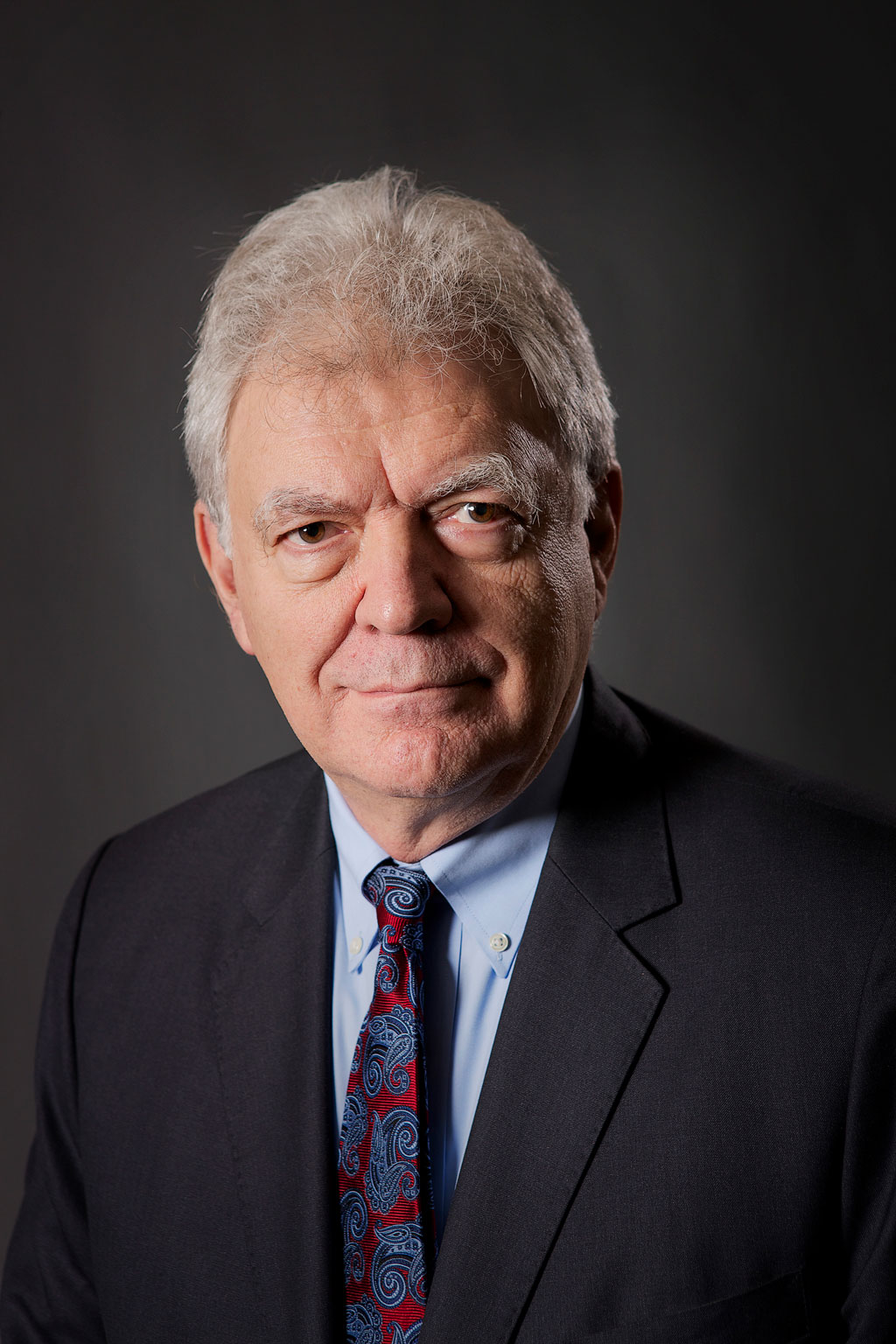

















![Spider-Man Is Back in Black With the Green Goblin in New Funko Pop! Figures [Exclusive] Spider-Man Is Back in Black With the Green Goblin in New Funko Pop! Figures [Exclusive]](https://static1.colliderimages.com/wordpress/wp-content/uploads/2025/03/spider-man-the-animated-series-green-goblin.jpg)





